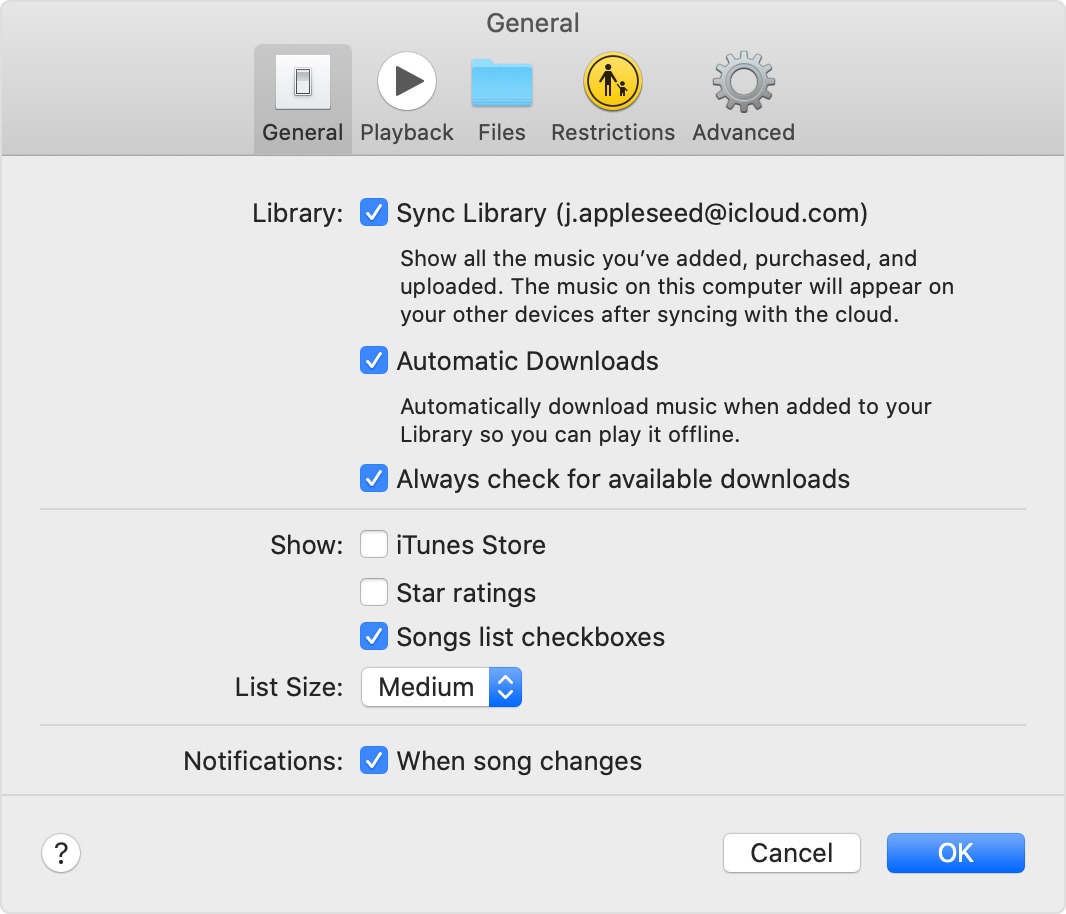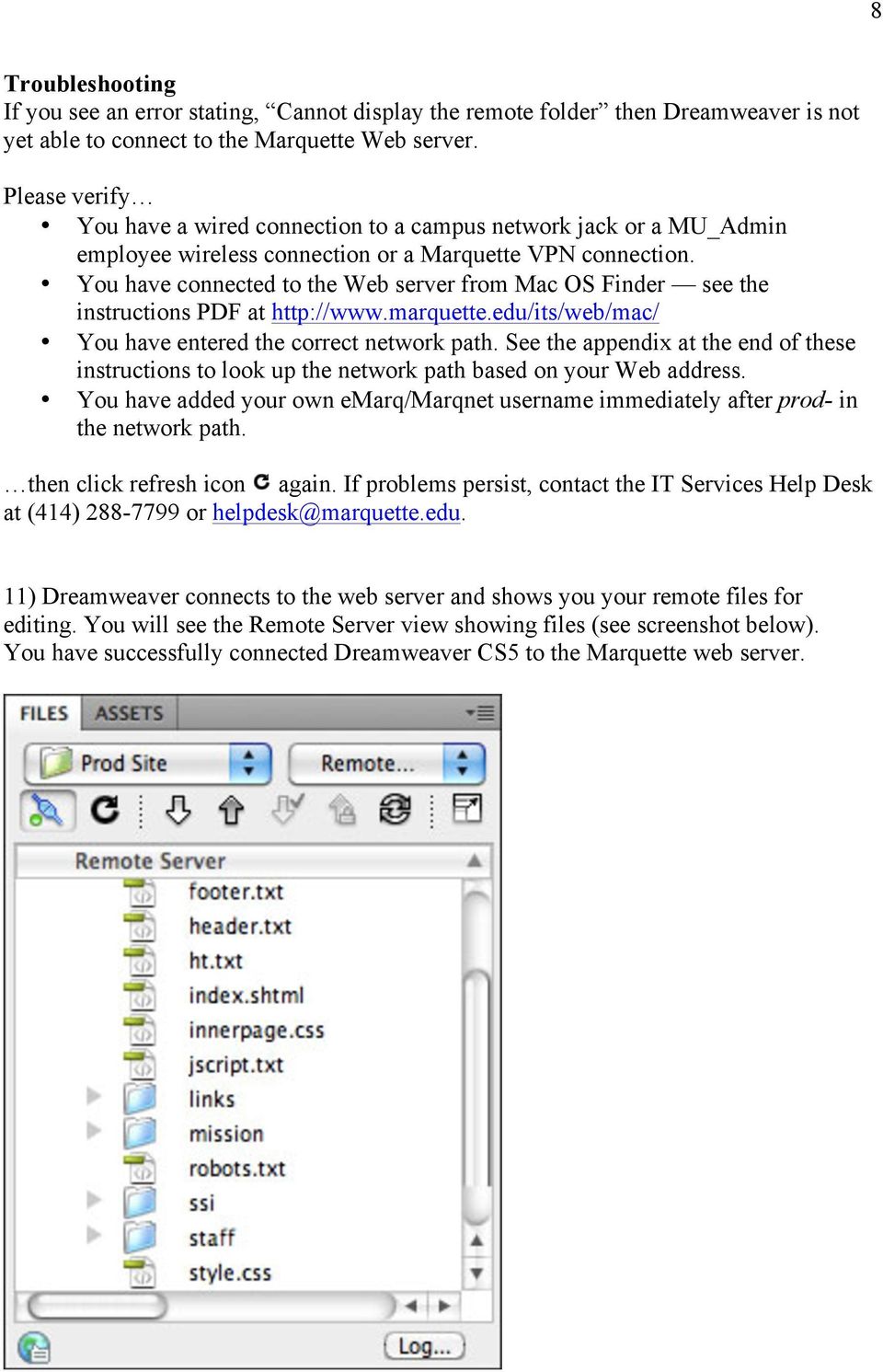How To Move Your Itunes Library To A New Mac
Consolidate your files in the iTunes folder You can consolidate all the files in your library in the iTunes folder to make it easier to move your library to a new computer. In the iTunes app on your PC, choose File Library Organise Library.
- Move Itunes To New Drive
- How Do I Move My Itunes Library To A New Mac
- How To Move Itunes Library
- How To Move Your Itunes Library To A New Mac Account
- How To Move Your Itunes Library To A New Mac Address
- Itunes
After decades of digital music, it's not unlikely if you've amassed quite the collection of music on your computer's hard drive. If your iTunes library is taking up too much space, you can move it off of your local drive and onto an external hard drive without breaking your music collection.
You can also transfer your entire iTunes library from one computer to another if you are migrating to a new Mac.
Before you start: Back up your Mac


Before making major changes to your computer, it's always a good idea to back up your data: The best way to back up your Mac is with a Time Machine routine in place, but you can choose an alternate backup option that's right for you.
Feb 01, 2014 I show you how to move your entire iTunes Library (yes ratings & listen counts included) from one computer to another! Email - macandcomputerhelp@gmail.com F. Mar 16, 2020 How to Transfer iTunes Library to New Mac via AnyTrans for iOS. Besides manually moving your iTunes library to a new Mac, there is an easier and quicker way for you to achieve it – AnyTrans for iOS. It is a professional iOS data manager that allows you to simply transfer your iOS data from one device to another. Mar 16, 2020 How to Transfer iTunes Library to New Mac via AnyTrans for iOS. Besides manually moving your iTunes library to a new Mac, there is an easier and quicker way for you to achieve it – AnyTrans for iOS.It is a professional iOS data manager that allows you to simply transfer your iOS data from one device to another. Move your iTunes library to another computer. If you get a new computer, you can transfer your iTunes library by connecting computers or by using iPod or a portable drive. See the Apple Support article Back up and restore your iTunes library on your PC. To locate the Music folder on your Mac, locate the Home option in the Finder menu, then double-click the Music folder. Within the Music folder, you'll find the iTunes folder, which you'll want to.
What you will need
You will, of course, need the computer your iTunes library is currently on. You will also need the following:
Dreamweaver ships with the ability to edit and display many different file types. This article focuses on customizing Dreamweaver to recognize new file types by editing the Extensions.txt and MMDocumentTypes.xml files. As a user, you can also set the Open In. 
- An external hard drive (and power source, if applicable)
- A USB cable to connect the hard drive to your original Mac
- A power source for your original Mac
- If you're moving to a new computer, your new Mac (and its power cable)
Step 1: Consolidate your library
Over time, it's easy for your music, movies, apps, and other iTunes content to end up stored in various places throughout your computer's hard drive. To ensure that you copy everything from iTunes over to an external hard drive, you should first consolidate your library. Even if you think your library has all your information consolidated already, it can't hurt to do a manual check before moving any data.
- Launch iTunes on your Mac.
Click File in the upper left corner of your Mac's screen.
- Hover your cursor over Library in the dropdown menu.
Select Organize Library from the secondary menu.
- Tick the box for Consolidate Files in the window that appears.
Click OK.
This process makes a copy of all files in the iTunes media folder, and leaves the original files in their current location.
Step 2: Move your iTunes Library to an external hard drive
- Quit iTunes.
- Connect your external hard drive to your computer using a USB cable.
- Click on Finder to open a Finder window.
Select your Mac's hard drive.
- Click on the Music folder.
Select iTunes and drag it to the external hard drive.
- Click Authenticate when prompted to give permission to move the iTunes folder.
- Enter your administrator password.
Click OK.
This process could take upwards of an hour or two, depending on how much data stored in your iTunes library.
Step 3: Redirect iTunes to the new location
Once you've transferred a copy of your iTunes library onto an external hard drive, you will need to set a new path for the iTunes app by redirecting it to search the external hard drive for content, rather than your local drive.
- Launch iTunes and hold down the Option Keyat the same time.
Click on Choose Library when the window appears.
- Select your external hard drive under Devices in the Finder sidebar.
- Click on iTunes.
Click Open.
Note: Until you delete the iTunes file on your local hard drive, you can switch which libraries iTunes uses by launching the app and holding down the Option key at the same time.
Step 4: Make sure it worked
If you performed the first three steps correctly, when you open iTunes, it should look the same as it did before. You can double-check to make sure the migration worked by checking the info of any content.
- Launch iTunes.
Select a song, podcast, movie, app, or other content.
- Right-click or Control-click on the song.
- Select Get info from the drop down menu.
Click on the File tab in the info window.
Look under Location to ensure that the content is now being stored under /Volumes/external hard drive name/.. instead of Users/local hard drive name/..
Step 5: Delete the old iTunes library
Once you have transferred a copy of your iTunes library onto an external hard drive and redirected iTunes to the new location, you can delete the iTunes folder on your local hard drive, freeing up space on your Mac.
Move Itunes To New Drive
Note: If you are making a copy to transfer to a new computer, you don't need to perform step 5 unless you want to remove your iTunes library from the old computer.
- Quit iTunes.
- Click on Finder to open a Finder window.
Select your Mac's hard drive.
- Click on the Music folder.
Select iTunes and drag it to the trash.
Make sure your external hard drive is connected to your Mac when you launch iTunes from now on. Otherwise, iTunes won't be able to find the files. If that happens, quit iTunes, connect your external hard drive to your computer, and reopen iTunes.
How Do I Move My Itunes Library To A New Mac
Step 6 [optional]: Move your iTunes library to a new Mac
Once you have your iTunes library on an external hard drive, you can relocate it to a new Mac.
How To Move Itunes Library
- Quit iTunes on your new Mac.
- Connect your external hard drive to your new Mac using a USB cable.
- Open the external hard drive once it appears on your new Mac's screen.
- Click on Finder on your new Mac to open a Finder window.
Select your new Mac's hard drive.
- Click on the Music folder.
Drag the iTunes folder from your external hard drive into the Music folder on your new Mac.
- Launch iTunes and hold down the Option Keyat the same time.
- Click on Choose Library when the window appears.
Select your local hard drive under Devices in the Finder sidebar.
- Click on the Music folder.
- Click on iTunes.
Click Open.
Any questions?
How To Move Your Itunes Library To A New Mac Account
Do you have any questions or issues with moving your iTunes library onto an external hard drive or onto a new Mac? Let us know in the comments and we'll help you out.
Power upHow To Move Your Itunes Library To A New Mac Address
Anker's PowerCore Wireless 10K charger is a battery pack without the fuss
Itunes
Anker is out with a new wireless battery pack that'll keep things ticking along no matter where you are.